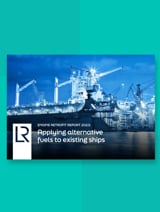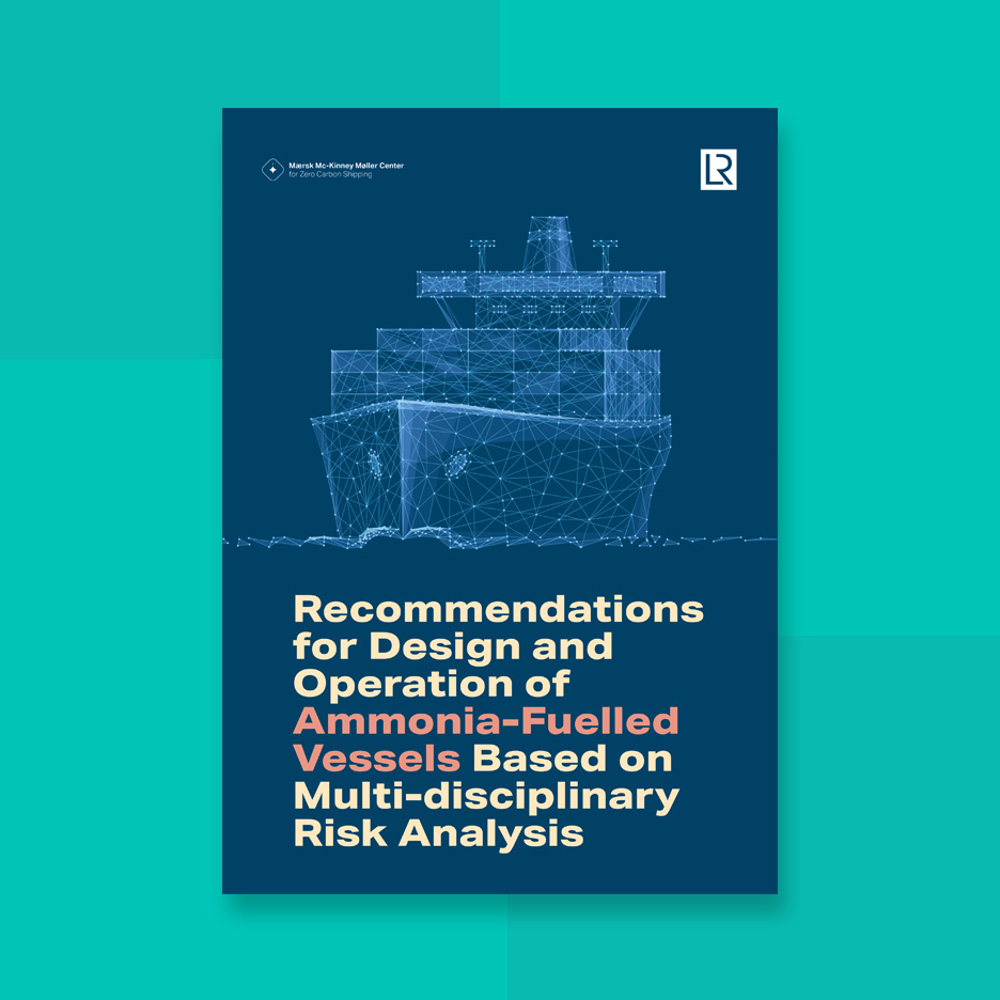Every energy transition journey is different. It’s why our Maritime Decarbonisation Hub connects LR with stakeholders across the shipping value chain. We unify our industry-leading knowledge, regulatory insight, innovative research and extensive partner network to proactively support your energy transition objectives.
Ammonia is seen as one of the most promising alternative fuels for the maritime energy transition, as it can be combusted with almost no carbon dioxide (CO2) emissions. However, using ammonia as a shipping fuel can create potential safety hazards, including toxicity. It is crucial for shipping’s stakeholders to understand the risks of ammonia as a shipping fuel and the safeguards that can be implemented to reduce them to tolerable levels.
This joint study into ammonia safety onboard ships undertaken by the Lloyd’s Register (LR) Maritime Decarbonisation Hub and the Mærsk Mc-Kinney Møller Center for Zero Carbon Shipping (MMMCZCS), utilises Quantitative Risk Assessment (QRA) analysis, a powerful data-driven method that allows users to assess risk in a quantitative and granular manner and identify vessel design and operational measures that would reduce ammonia risks to be “as low as reasonably practicable” (ALARP).
To complement the QRA analysis, the second section of the study summarises insights from an analysis of human factors considerations, such as training and work practices, that will be impacted by a transition to ammonia fuel use.
The recommendations and results from this report can and should be used to further inform specific regulations, guidelines, and best practices that will allow the operation and management of ammonia-fuelled vessels to be acceptably safe for seafarers.








